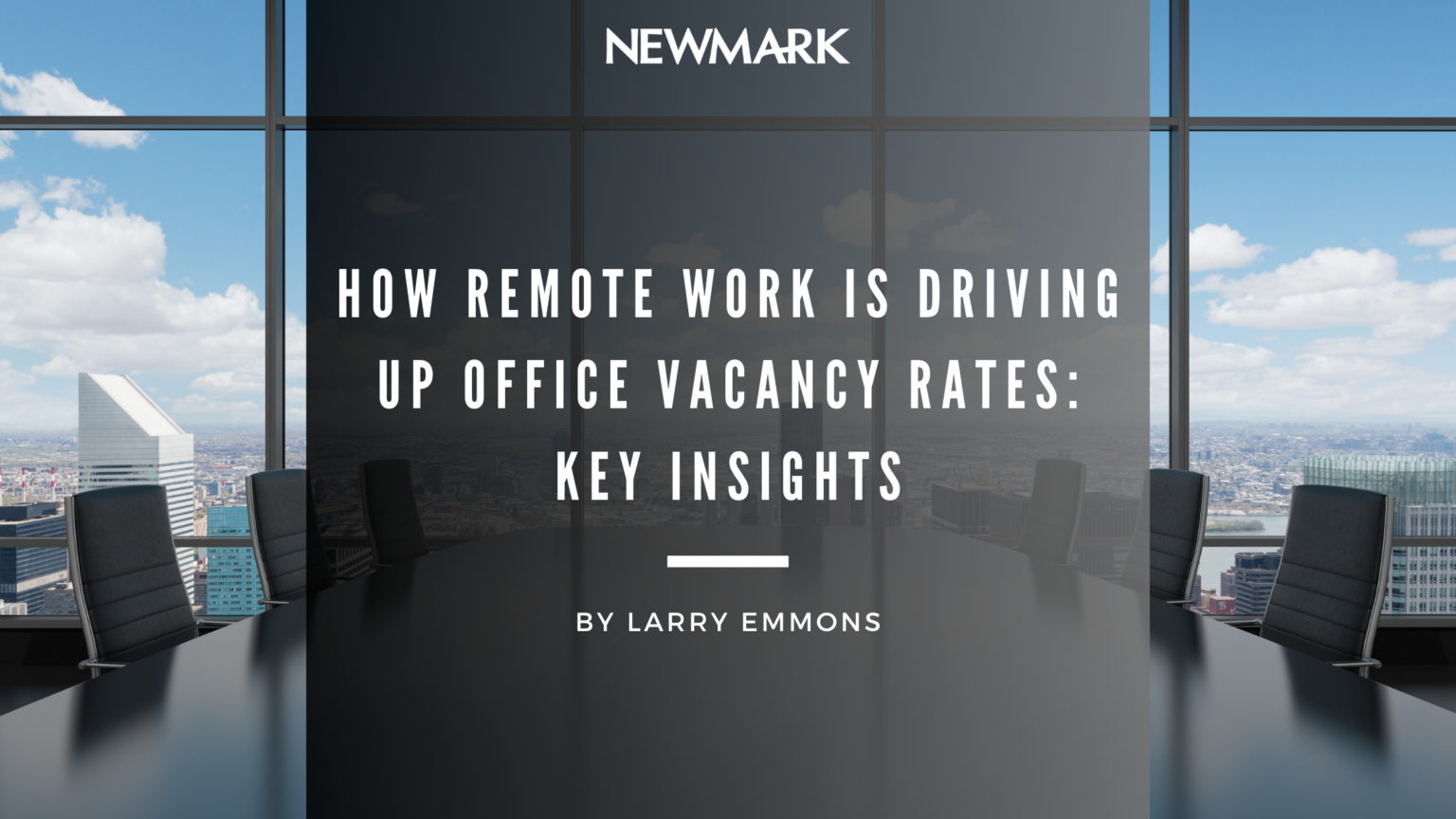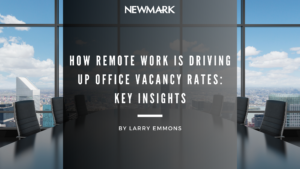Office vacancy rates have surged as remote and hybrid work models continue to reshape how businesses operate. With companies reassessing their office space needs, the commercial real estate market has been significantly impacted, especially in major urban areas. Many organizations have downsized their office footprints, contributing to the sharp increase in office vacancy rates across key markets.
Rising Office Vacancy Rates
The decline in demand for large office spaces is evident as more businesses embrace remote work. Companies that previously occupied entire floors or buildings are now cutting back on their office space needs, which has driven up office vacancy rates in many urban markets. Additionally, businesses are placing surplus office space on the sublease market, adding to the oversupply of available office space in numerous cities.
Falling Office Rents
As office vacancy rates increase, landlords are finding it increasingly difficult to attract tenants. This competitive environment has led to a reduction in office rents, particularly in cities like San Francisco and New York, where remote work adoption is most prevalent. To secure tenants, landlords are offering concessions such as rent-free periods or increased allowances for tenant improvements, further reducing the effective cost of leasing office space.
Shift in Office Space Usage
Tenants are seeking smaller, more flexible office spaces that align with hybrid work models. Coworking spaces and short-term leases are becoming increasingly popular as companies prioritize adaptability. At the same time, there is a growing “flight to quality,” with businesses upgrading to Class A office buildings that offer modern amenities and healthier working environments. This shift has led to higher vacancy rates in older, less desirable Class B and C buildings.
Market-Specific Impacts
Central Business Districts (CBDs) have been hit the hardest by rising office vacancy rates. These areas, traditionally home to large corporate headquarters, are experiencing significant increases in vacancies as remote work reduces the need for centralized office space. On the other hand, suburban office markets have remained relatively stable, as companies consider decentralized office models closer to where employees live.
Financial Implications for Investors
Rising office vacancy rates are creating financial challenges for property owners and investors. As rents decline and vacancy rates rise, office property values are falling, leading to decreased returns for investors. Some landlords, particularly those with high levels of debt, are facing financial distress, which has resulted in an increase in distressed office assets and foreclosures in certain markets.
Office Vacancy Rates:Conclusion
Office vacancy rates will continue to shape the future of commercial real estate as remote and hybrid work become more entrenched. Tenants, landlords, and investors must remain agile, adapting to the changing dynamics and trends of office space demand. Whether you’re looking to lease, invest, or reassess your current strategies, staying informed is crucial to navigating this evolving market.
If you’re ready to explore the current opportunities in the office real estate market, I can help guide you through the complexities of office vacancy rates and how they impact your decisions. Contact me today to discuss how we can position you for success in this shifting market!

